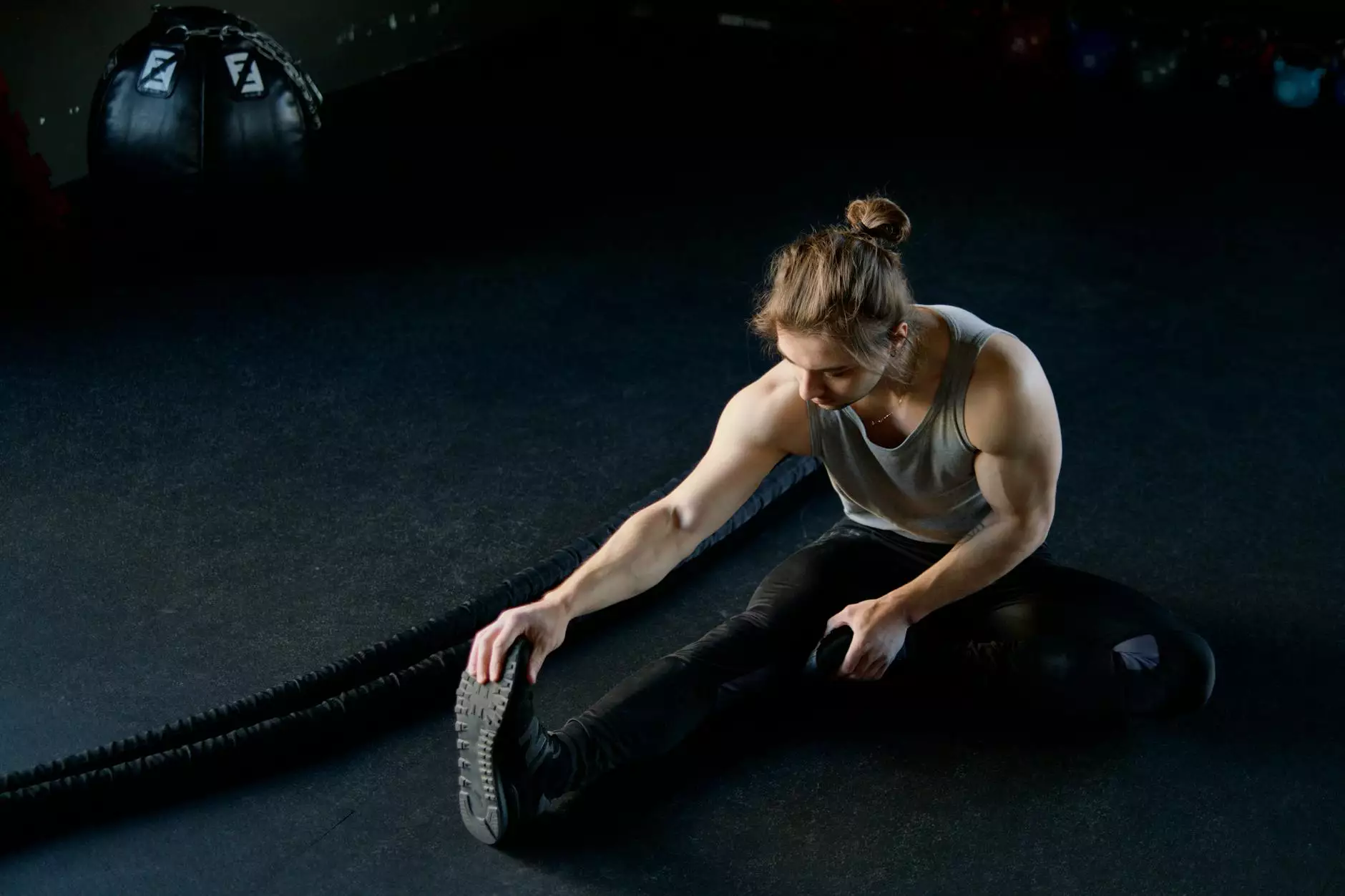The Comprehensive Guide to Muscles of the Bottom of the Foot

The human foot is a remarkable structure, intricately designed to support weight, absorb shock, and provide balance. The muscles of the bottom of the foot play a crucial role in these functions, allowing for movements that are vital for everyday activities such as walking, running, and standing. In this article, we will delve into the anatomy, function, and care of these muscles, helping you to appreciate the vital role they play in your overall health.
Understanding the Anatomy of the Foot
The foot is made up of several parts, each with specific functions. It consists of:
- Bones
- Joints
- Tendons
- Ligaments
- Muscles
Among these, the muscles of the bottom of the foot are essential for movement and stability. They can be categorized into two main groups: intrinsic and extrinsic muscles.
Intrinsic Muscles of the Bottom of the Foot
Intrinsic muscles are located entirely within the foot and are responsible for fine motor movements. They consist of several key muscles:
1. The Abductor Hallucis
This muscle runs along the medial side of the foot and is responsible for abducting the big toe, allowing for balance and stability. It plays a critical role in activities that require toe movements.
2. The Flexor Digitorum Brevis
Located centrally, this muscle enables the flexion of the second to fifth toes. It is vital for pushing off the ground during walking and running.
3. The Abductor Digiti Minimi
This muscle is situated on the lateral side of the foot and assists in abduction of the little toe, maintaining balance on uneven surfaces.
4. The Quadratus Plantae
It works alongside the flexor digitorum longus tendon to aid in the flexion of the toes, providing additional stability when walking.
5. The Lumbricals
These are small muscles that arise from the tendons of the flexor digitorum longus and help in flexing the proximal phalanges while extending the distal phalanges of the toes.
6. The Interossei Muscles
These muscles are between the metatarsals and are critical for spreading the toes apart as well as helping in the flexion of the metatarsophalangeal joints.
Extrinsic Muscles of the Bottom of the Foot
Extrinsic muscles originate in the lower leg and insert into the bones of the foot. Key muscles include:
1. Tibialis Anterior
This muscle is located in the front of the leg and is essential for dorsiflexion (lifting the foot) and inversion of the foot.
2. Gastrocnemius and Soleus
These two muscles form the calf and are crucial for plantarflexion (pointing the toes) which is necessary for walking, running, and jumping.
3. Flexor Hallucis Longus
This muscle flexes the big toe and assists in maintaining balance during standing and walking.
The Function of the Muscles of the Bottom of the Foot
The muscles of the bottom of the foot serve several essential functions:
- Support: They help maintain the arches of the foot, providing a stable base for weight-bearing activities.
- Movement: Allowing for fine motor control of the toes, facilitating walking, running, and jumping.
- Shock Absorption: During activities, these muscles help absorb shock, reducing impact on the bones and joints of the foot and leg.
- Balance: They play a critical role in helping maintain balance while standing and moving, especially on uneven surfaces.
Common Issues Affecting the Muscles of the Bottom of the Foot
Many individuals may experience issues related to these muscles, resulting in discomfort or reduced mobility. Common conditions include:
1. Plantar Fasciitis
This condition involves inflammation of the plantar fascia, a thick band of tissue that connects the heel to the toes. It is often caused by overuse, leading to pain in the heel and along the bottom of the foot.
2. Metatarsalgia
This is characterized by pain and inflammation in the ball of the foot, often resulting from excessive pressure on the metatarsal bones.
3. Flat Feet
Also known as fallen arches, this condition can lead to muscle fatigue and pain due to improper weight distribution throughout the foot.
4. Morton’s Neuroma
This condition involves a thickening of the tissue around one of the nerves leading to the toes, causing pain, a burning sensation, or numbness in the toes.
Maintaining Healthy Muscles of the Bottom of the Foot
To keep the muscles of the bottom of the foot in optimal condition, consider the following tips:
1. Foot Exercises
Regularly strengthening and stretching exercises can help maintain flexibility and reduce the risk of injuries. Some effective exercises include:
- Toe Raises: Stand and slowly raise your heels off the ground.
- Marble Pickup: Use your toes to pick up marbles or small objects to improve dexterity.
- Foot Stretch: Sit and stretch your toes and the arch by pulling them gently.
2. Proper Footwear
Wearing shoes that provide adequate support and cushioning can significantly affect the health of your feet. Look for footwear with:
- Arch Support
- Comfortable Toe Box
- Cushioned Sole
3. Maintaining Healthy Weight
Excess weight puts additional stress on the muscles and joints of the feet. Maintaining a healthy weight through diet and exercise contributes significantly to foot health.
When to Seek Professional Help
If you experience persistent pain or discomfort in your feet, it is important to consult a healthcare professional, such as a podiatrist. They can provide:
- Diagnosis based on your symptoms and physical examination.
- Treatment Options which may include physical therapy, orthotics, or medication.
- Advice on proper footwear and foot care techniques.
Conclusion
Understanding the muscles of the bottom of the foot is essential for recognizing their importance in overall foot health. By taking proper care of your feet, including engaging in appropriate exercises and wearing suitable footwear, you can ensure that these muscles remain strong and functional. Maintaining this aspect of your health is crucial not only for mobility but also for your overall well-being. Keep your feet healthy, and they will support you in all your activities for years to come.
muscles of bottom of foot


